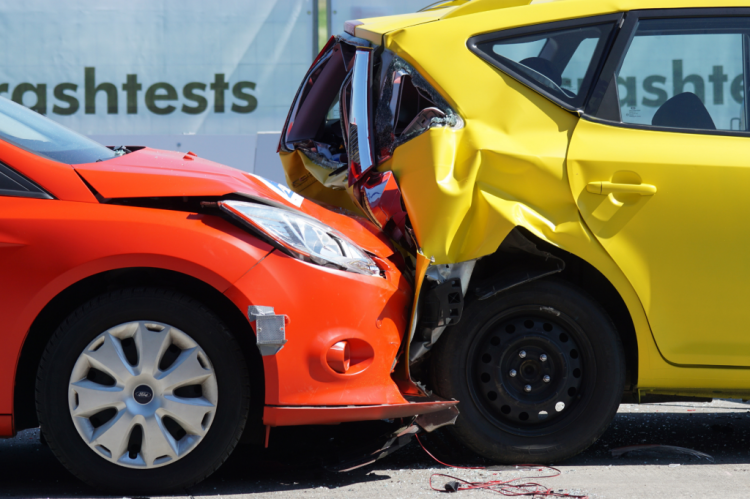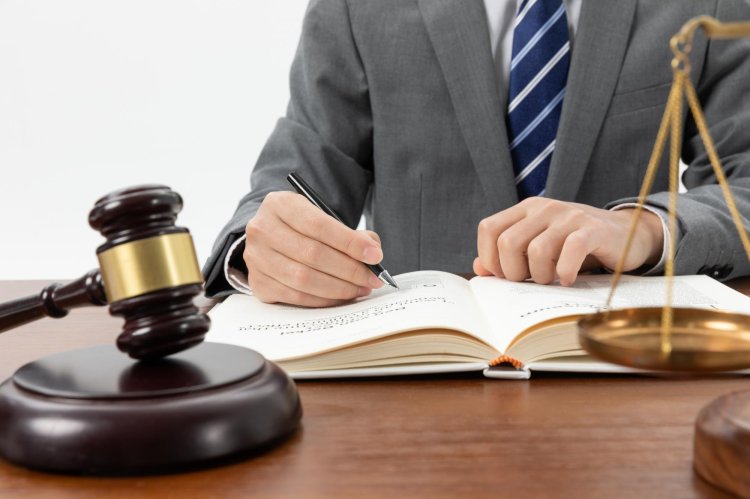Rear-end car accidents occur when a vehicle hits another vehicle from behind. It is one of the common types of road accidents that usually occur as a result of tailgating.
Knowing the causes of such accidents and their possible legal implications can help in correctly addressing the situation. Consult the best car accident attorneys in your area for guidance on filing a claim.
Causes of Rear-End Car Accidents
Various side distractions while driving result in a large percentage of rear-end collisions. It always involves other activities that take the driver's attention from the road. The examples are texting, talking on the phone, eating, and adjusting the radio to your liking while driving.
These activities reduce a driver's reaction time and make them less attentive to the surrounding environment.
Tailgating
Tailgating is when a driver travels too close to another vehicle and does not allow adequate space between them. This is a major cause of rear-end collisions. When one driver is tailgating, he or she has a reduced following distance to respond to sudden slowdowns and stops of the vehicle in front.
Speeding
Speeding is a major contributor to rear-end collisions. When traveling at a speed faster than the surrounding traffic, there is less time to stop once the vehicle in front suddenly slows down. Not only does speeding reduce the time needed to stop, but the accidents are more severe as well. Higher speeds result in greater damage and an increased risk of serious injuries in a rear-end collision.
Weather Conditions
Adverse weather conditions, such as rain, snow, or fog, impact driving by reducing visibility and road traction. These conditions can make it challenging to maintain a safe distance and stop promptly. Poor weather conditions contribute to rear-end collisions by extending stopping distances and diminishing vehicle control. The increased difficulty in maintaining traction and visibility heightens the risk of collisions when driving in adverse weather.
Brake Failure
Mechanical issues, particularly brake failure, can lead to rear-end accidents by preventing a driver from slowing down or stopping as necessary. Faulty brakes hinder a driver’s ability to stop in emergencies, leading to potential collisions with the vehicle in front. This issue becomes critical when sudden stops are required, and the driver cannot reduce speed adequately.
Legal Consequences of Rear-End Car Accidents
In rear-end accidents, the driver who hits the rear of another vehicle is generally considered at fault. This is based on the expectation that drivers must maintain a safe following distance and be prepared to stop suddenly if needed.
However, there are scenarios where the lead vehicle’s actions might also contribute to the accident. For example, if the lead vehicle makes a sudden, unjustified stop or has faulty brake lights that are not functioning properly, these factors can shift some of the faults away from the driver of the rear vehicle.
Insurance Claims
Typically, the insurance company of the driver found at fault is responsible for covering damages resulting from the accident. This includes compensation for property damage, medical expenses, and, in some cases, lost wages. To file a claim with the at-fault driver’s insurance company, you need to provide evidence such as police reports, photographs of the accident scene, and medical records. Thorough documentation of all damages and losses is crucial for ensuring a comprehensive claim.
Personal Injury Lawsuits
If the insurance settlement does not adequately cover your losses or if there are disputes over who is at fault, you may opt to file a personal injury lawsuit against the at-fault driver. Through a lawsuit, victims can seek compensation for a range of damages, including medical expenses, pain and suffering, lost wages, and other financial losses. Legal action might be necessary if the insurance negotiation fails to reach a satisfactory resolution.
Potential Penalties for the At-Fault Driver
The driver determined to be at fault may face several penalties. These can include increased insurance premiums, points added to their driving record, and potential legal consequences if found guilty of traffic violations. In cases involving gross negligence or severe traffic violations, the at-fault driver might encounter additional legal repercussions, such as fines or a suspension of their driving license.














